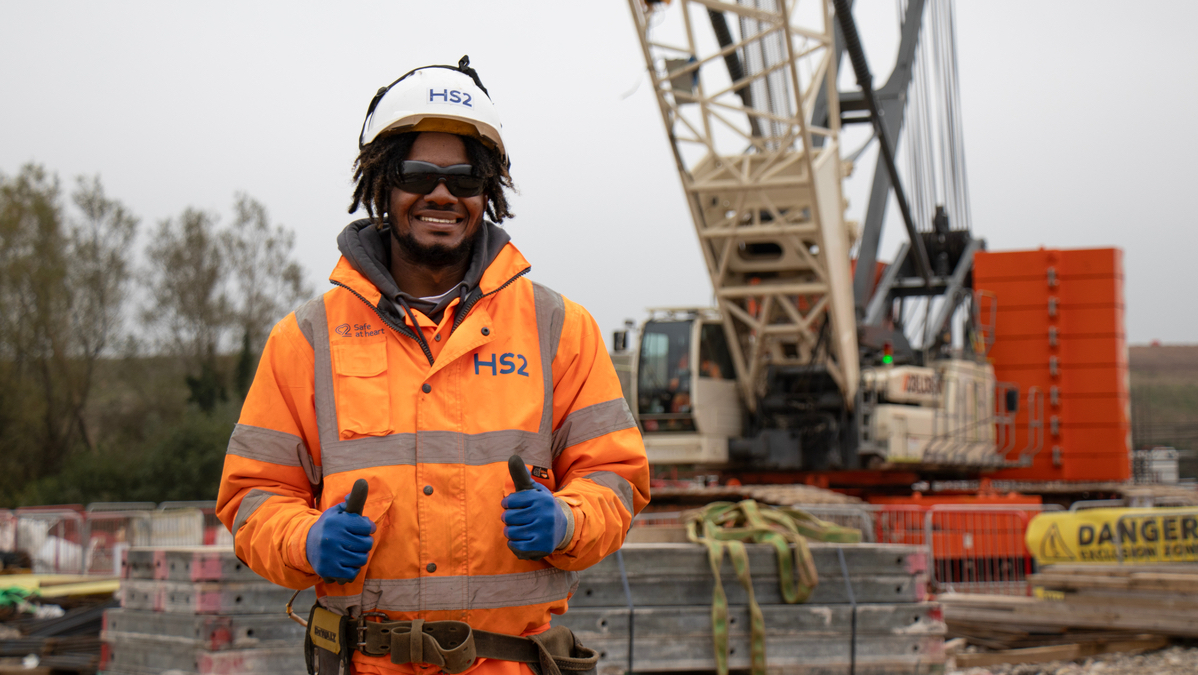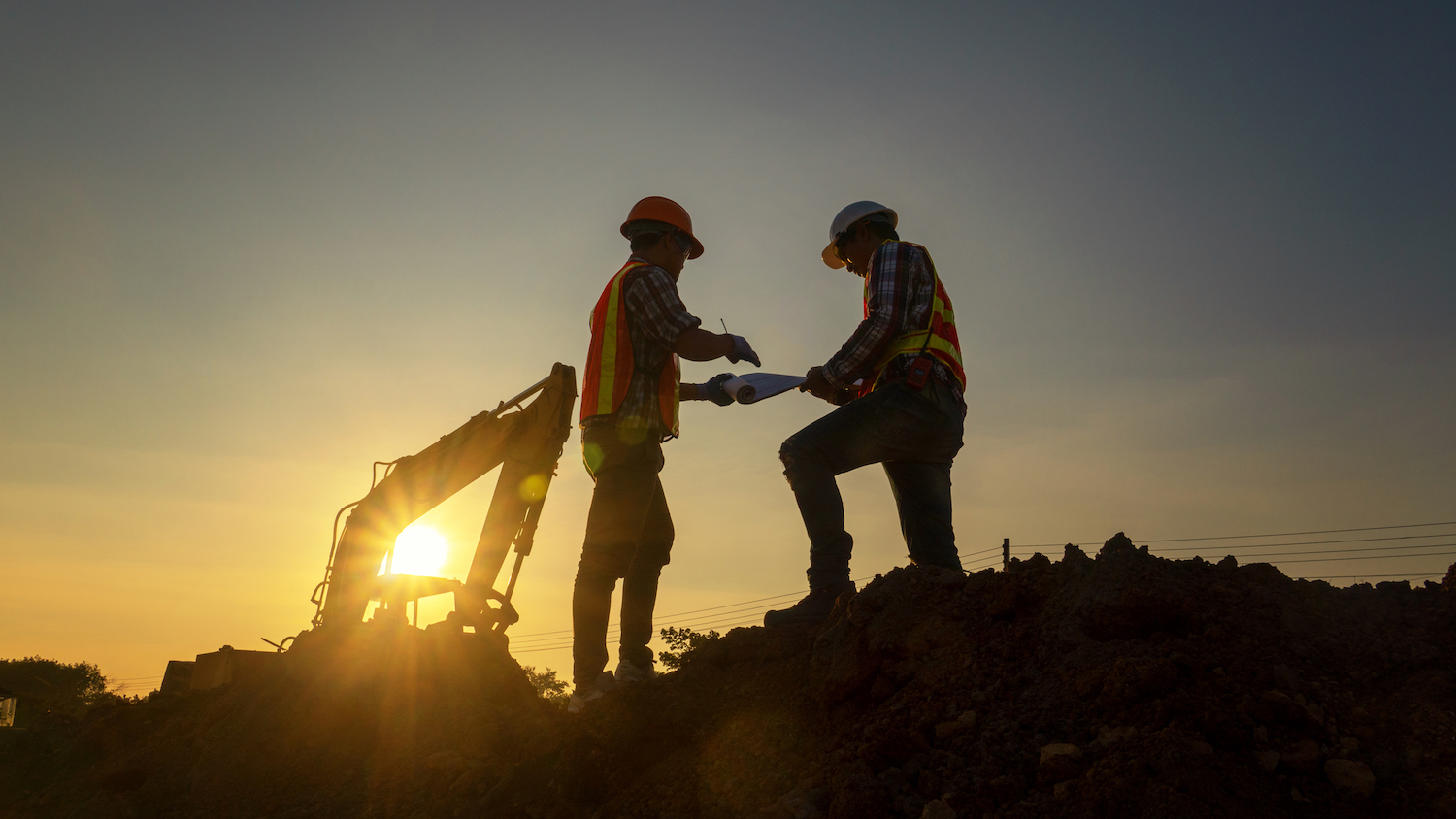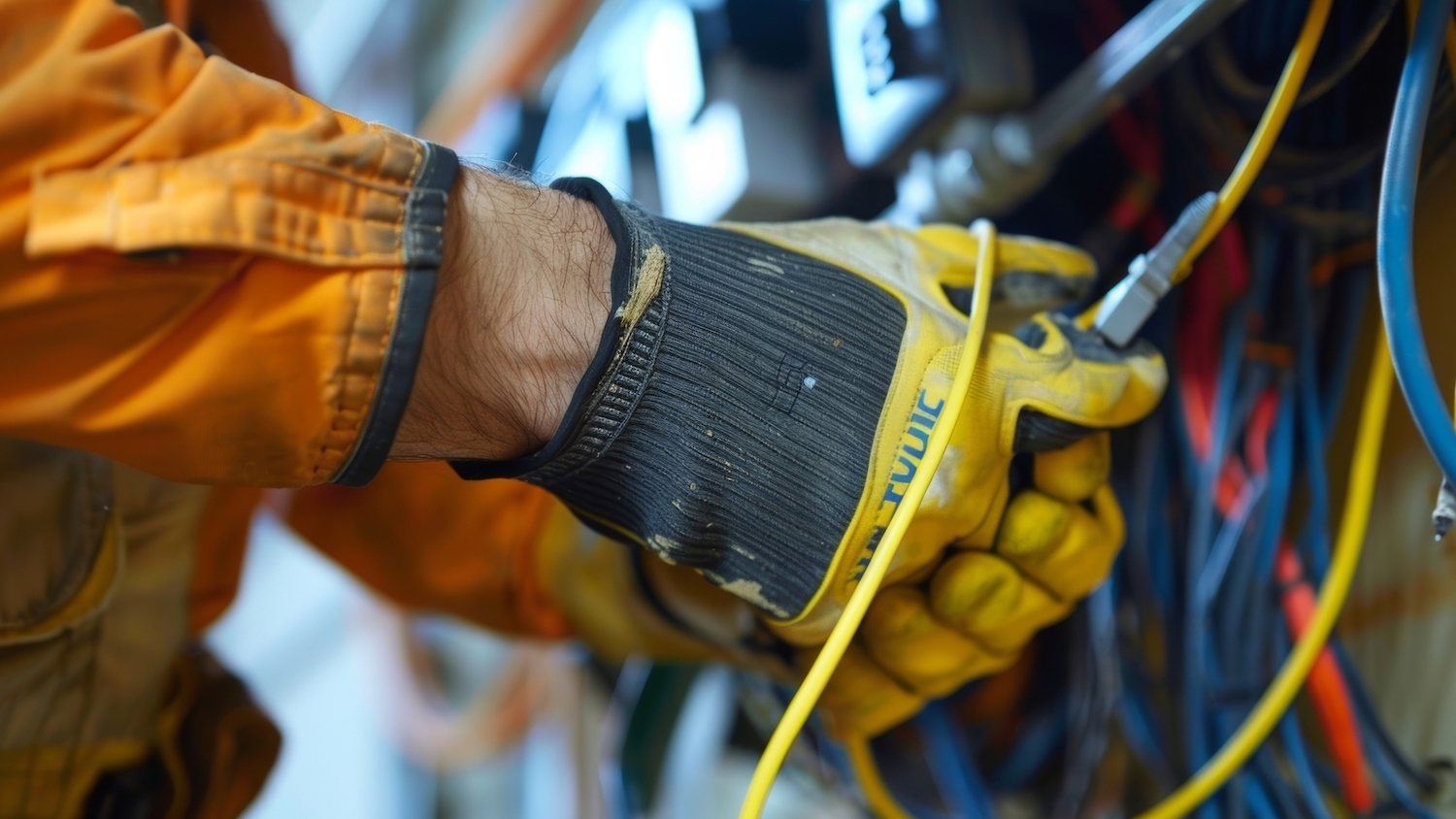
CLC sets out retrofit skills framework
New framework outlines core transferable and overarching technical competencies
The Construction Leadership Council (CLC) has published a report setting out a framework for defining competence in the UK domestic retrofit sector.
The 64-page document presents a framework of the core overarching knowledge, skills and behaviours required to deliver effective retrofit of homes at scale, both in retrofit-specific roles and associated roles in the industry.
The report identifies a series of ‘statements’ divided into two groups that identify individual competencies. These are core transferable and overarching technical.
CLC said the competence statements can be used to support the development of competence frameworks for specific occupations involved in retrofit work.
They are also intended to support the development of training and education for the future workforce, both in training new entrants and upskilling the existing labour pool.
Defining competence in retrofit
CLC said the report aims to “provide a consistent and clear definition of the cross-cutting, overarching competencies required for individuals working across the whole retrofit process”.
It continued: “These statements can be used to support the update and development of competency frameworks and occupational standards for retrofit-related roles, as well as to evaluate and update content for training courses and qualifications.”
The competence statements identified in the report are:
| Core transferable competencies | Overarching technical competencies |
| Retrofit advocacy | Regulatory landscape |
| Communication | Client needs and advice |
| Collaboration | Cost |
| Commitment to excellence | Property assessment |
| Continuous improvement | Technology and design |
| Digital | Coordination and integration |
| Evaluation and monitoring |
The UK has more than 28 million homes, most of which will need retrofitting to meet the country’s legally-binding target of becoming net zero by 2050.
According to the CLC, the amount of retrofit work happening currently will not meet this target.
Comments
Comments are closed.








The Domestic situation is very often misunderstood, the most important element is to reduce the need for energy in the home, ie improve the U value, thereby saving carbon actually by reducing reliance- something energy companies have never been keen on, Turkeys/ Christmas syndrome… and Mechanical Engineers/ Carbon Saving specialists wishing to push heat pumps- which sadly will never be satisfactory in ”leaky homes” and areas of fuel poverty which can then little afford to utilise sufficient heat to give a good stable base for healthy living. But more complex is that as energy efficiency of structures are improved then better air quality and mechanical heat recovery/ summer by pass systems need engaging correctly sized and set up. I also recommend on basic property ie in the RAW to eradicate draughts, and where windows are being improved, then go for best U values- ie better than current Building Regs. Ensure that the buildings are fit for future years. It is a very hard call to improve to 80% carbon reduction- I know I specified that as a programme some 10 years ago now or 11,600 homes. It is also a sad fact since then approx 3m homes (apart from a few trail blazers) have been built sub standard as in will need improving by 2050, to a better standard than built of the 80% reduction called on by Government of that time and now net Carbon zero?. Please get the industry Aligned with the reality of not good enough now will never do for the future. Reality check, get the Industry moving in the right direction. END fuel poverty, end substandard and seemingly ‘protectionism for future’- and please do not blame the House builders— we all have this responsibility, up the game folks…